A new EV startup confirmed rumors of an affordable modular electric pickup truck with the launch of Slate Truck in Long Beach, Calif., on Thursday. Slate aims to do what many automakers have promised but none have delivered: to produce an affordable electric vehicle that, by Slate’s estimates, will cost less than $20,000 after the endangered $7,500 federal EV tax credit.
Advertisement
A new car for less than $20,000? Unlikely. The only new car costing less than $20,000 with destination is the 2025 Nissan Versa.
A new truck for less than $20,000? Hasn’t been done.
A new EV truck for less than $20,000? Inconceivable.
“The definition of what’s affordable is broken,” Slate CEO Chris Barman said in a statement. “Slate exists to put the power back in the hands of customers who have been ignored by the auto industry.”
At a backgrounder at Slate’s design studio in Long Beach in January, the former Stellantis VP of Electrical and Electronics showed off a prototype and a clay model to media, myself included. The Slate Truck has stainless steel wheels, crank windows, no touchscreen, and injection-molding plastic body panels, similar to Saturn. Slate won’t have an expensive paint shop, relying instead on customizable wraps and a DIY-approach to vehicle ownership all but absent in the EV space. It will also lean on offering accessories to customize the Truck over time, and it will offer a flat-pack kit to turn the two-seat truck into a five-seat SUV.
Advertisement
Slate Truck or SUV?
The small truck measures 174.6 inches long with a wheelbase of 108.9 inches, making it nearly two feet shorter than the Ford Maverick and Hyundai Santa Cruz small pickups. It’s sized more like the Nissan Leaf, but much taller at 69.3 inches, which is Maverick sized.
Advertisement
The bed measures 5 feet long, or 81.6 inches with the tailgate down. The bed walls rise up to the chest of an average-sized person, and it’s only 42.9 inches wide between the wheel wells, nearly the same as the Santa Cruz. It’s easy enough to reach into the bed without needing a bed step or other trick.
The compact dimensions seem to make it easy to convert into one of four body styles. It comes as a pickup truck with a bed, as is. In the January demo, it could also be fitted as an SUV with a three-seat bench in back, airbags, and safety roll bars, all installable at home. Another flat-pack kit could be optioned to make it an SUV with a fastback, and the fourth option is to kit it as an open-top SUV with just the roll bars.
Advertisement
In the subsequent press materials, Slate didn’t detail the last two options, so they may be awaiting regulatory approval.
Converting the truck into an SUV involves installing the side braces, then the crossbars, windows, and lastly, the bench seat into pre-fabbed anchor points.
Slate Truck battery, powertrain, and charging specs
Slate reps say it’s both body-on-frame and unibody construction, with a ladder frame housing a 52.7 kWh battery pack sourced from SK On, the South Korean battery manufacturer who last month inked a deal with Nissan for domestic battery production of Nissan’s forthcoming U.S.-built EVs. The setup will be five-pouch cells, but an available 84.3 kWh pack with eight-pouch cells can be added for about $5,000, based on conversations with Slate in January.
Advertisement
An 11 kW onboard charger enables Level 2 charging in less than five hours for the small pack, while a standard NACS port and Level 3 DC fast charging of up to 120 kW can refill the battery from 20-80% in about 30 minutes. Slate estimates a range of 150 miles with the 52.7 kWh pack, and up to 240 miles with the larger pack.
Either pack feeds a single permanent magnet synchronous motor mounted on the rear axle for rear-wheel drive. The motor makes 201 hp and 195 lb-ft of torque, modest by EV numbers, but it should be plenty of power for a small truck weighing only 3,602 pounds, which is equally modest for an EV.
Slate estimates a leisurely 0-60 mph time of 8.0 seconds, and a top speed of 90 mph. It’ll carry 1,433 pounds total, in between a 7.0-cubic-foot front trunk, its 37.0-cubic-foot bed, or the 34.0-cubic-feet of cargo space behind the SUV’s bench seat. Towing caps out at 1,000 pounds.
Advertisement
One interesting and yet undisclosed detail was on the servicing of its vehicles, or where to go if you want to upgrade the battery. In January, Slate said it could be done at the type of existing service center you see every ten miles or so in most towns, likely an oil change or muffler and exhaust franchise that’s been losing business with the growth of EV sales. We’ll update this once confirmed.
Slate Truck style and intent
With square ends, plastic panels, and modular components, the Slate Truck looks like a Lego truck come to life. It rolls on 17-by-7 inch steel wheels with 29.5-inch tires, and a ground clearance estimated to be up to nine inches with an optional lift kit. It’s no off-road vehicle, yet this urban runaround leans into versatility enough to be either a weekend gopher—go for this, go for that—or a weekend getaway car.
Advertisement
Inside, it’s stripped down, with power locks but crank windows, air conditioning with dials and buttons, vinyl seats, and no speakers or touchscreen. A rearview mirror doubles as a federally-mandated rearview camera, and it has up to eight airbags and safety systems such as automatic emergency braking. Even though there’s no front bench seat, expect manual seat adjustments.
The lack of a touchscreen—a proverbial blank slate—might be the most conspicuous interior design element.
“Rather than learn a new interface, use the one you love,” Slate’s press materials read. A universal phone mount is fitted on a rail across the dash, with USB outlets supplied to keep your phone charged. Storage spots within the dash panels make for easy-to-install accessory upgrades.
Advertisement
All of these convenience accessories—estimated to be between 100 and 200 parts—could be purchased through Slate, ranging from power windows to a tablet touchscreen and a center console.
Presumably, it won’t be sold on Amazon, despite the reported backing from billionaire Amazon founder Jeff Bezos.
How Slate can succeed where other EV startups have failed
Slate incorporated in Troy, Michigan, in 2022, and the following year raised $111 million thanks to Bezos and 15 other wealthy investors, according to an article in TechCrunch that ran earlier in April. Amazon, and Bezos, have been interested in EVs for years, most recently realized in its partnership with Rivian, another EV startup that supplied its EDV, or electric delivery vans, to Amazon.
Advertisement
Those deep pockets might help explain why Slate has subverted the industry norm of both EV startup and legacy automakers, who typically launch a new model or brand with an expensive flagship version showcasing all of the brand’s potential. Even a $27,000 truck, without the federal incentive, would be considered a budget car with notoriously slim margins.
It takes billions to launch a new car company, and for every Tesla—which took nearly 20 years to turn a profit—there are a dozen failed EV startups, such as Nikola, Lordstown, Workhorse, Faraday, Fisker once, Fisker twice, and most recently, Canoo.
The accessories are where the startup expects to make its margins, based on speculation. TechCrunch cites hires from Harley Davidson and Stellantis, formerly Fiat Chrysler Automobiles, both of whom profited off of aging models with deep accessory lines such as Mopar.
Advertisement
Who is Slate?
Top ranks at Slate are filled with automotive veterans. Barman is joined in the C-suite by Tisha Johnson, head of design, formerly a VP of Interior Design at Volvo; Eric Keipper, head of engineering, formerly of Karma and Chrysler; and Jeremy Snyder, chief commercial officer, formerly of Tesla.
Advertisement
Even with such expertise, financial backing, and an accessory line that can be a revenue source throughout the life of the vehicle, it remains to be seen if an affordable EV is a viable business model. If it were, wouldn’t it have been done?
The Ford Maverick Hybrid might be the only case study to date. Ford launched it for the 2022 model year for about $22,000, initially and for ever so briefly. The 2025 Maverick Hybrid costs $28,590, with destination. But the rabid and—to Ford, surprising—demand for an affordable compact pickup enabled them to hike prices and add equipment.
Maybe Slate’s onto something.
We’ll find out late next year, when production is, ahem, slated to begin at an old paper manufacturing facility in Warsaw, Indiana. Until then, interested parties can mark the Slate with a $50 deposit at slate.auto.
Advertisement


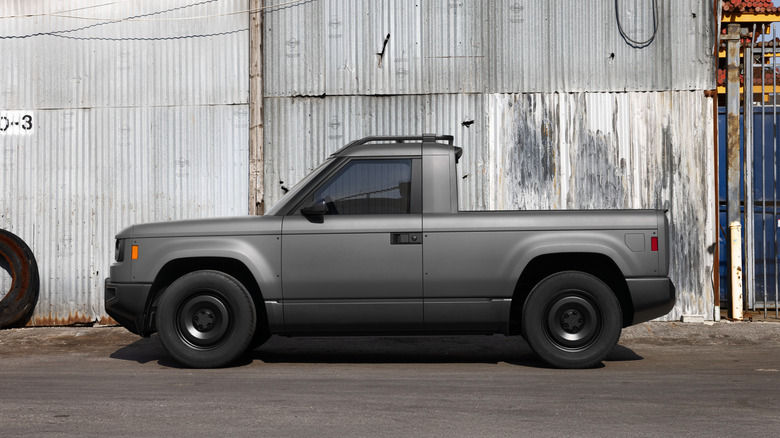
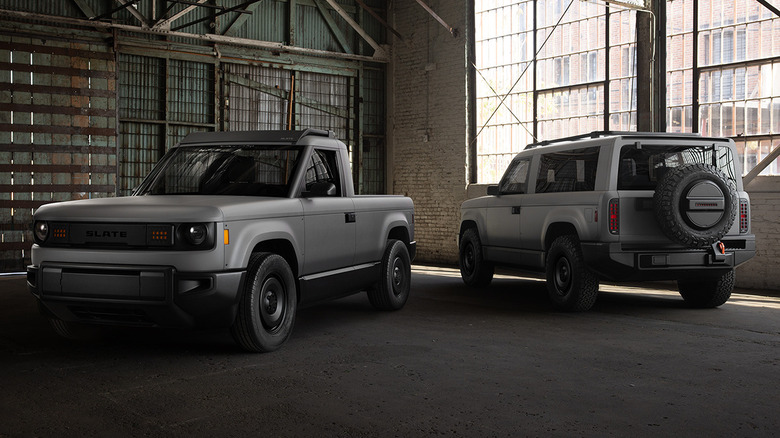
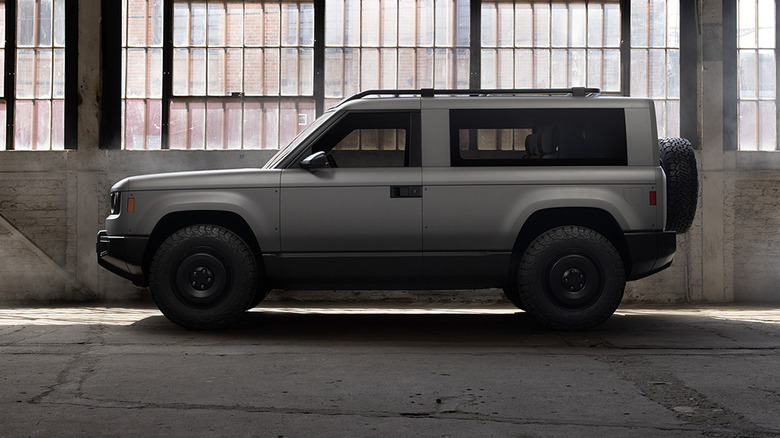
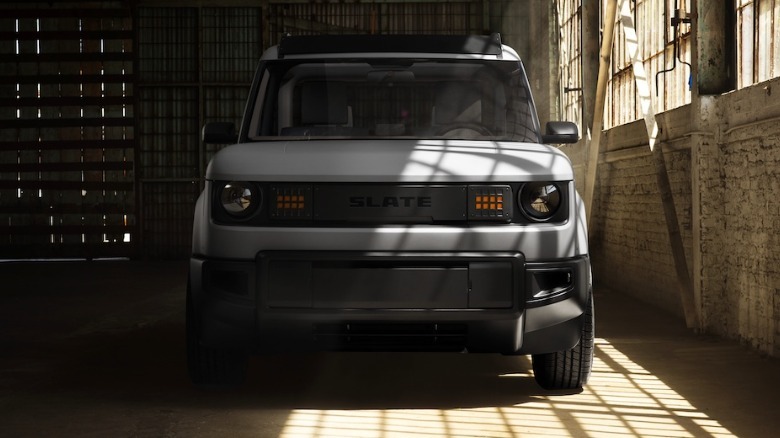

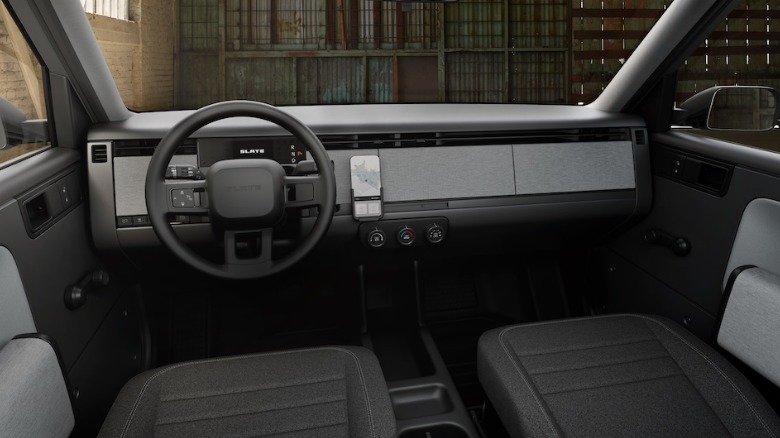

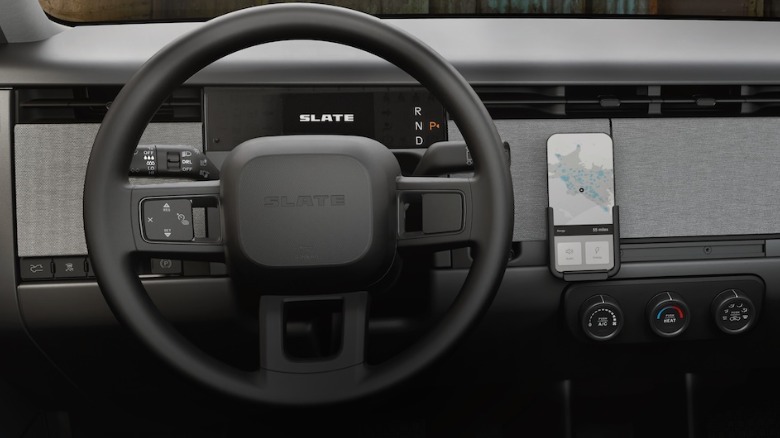
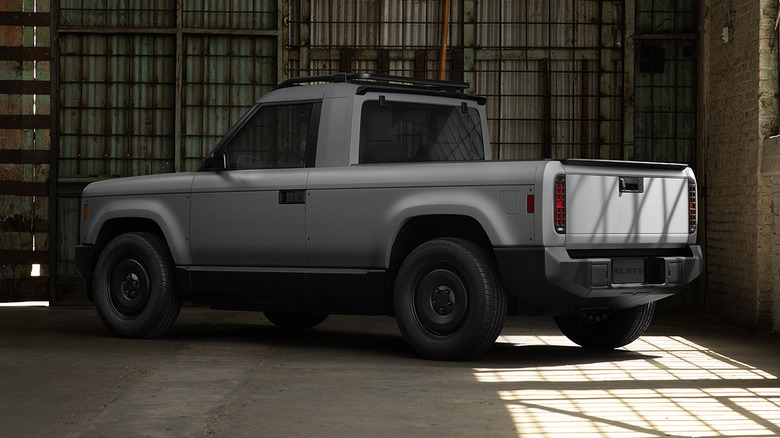
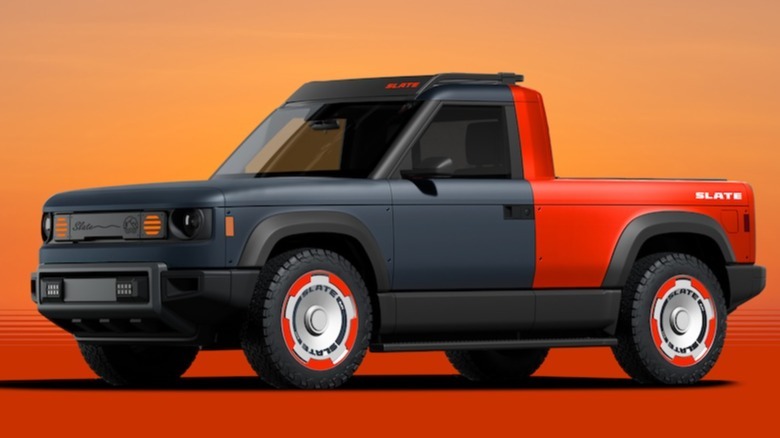

:max_bytes(150000):strip_icc():format(jpeg)/TAL-waya-island-fiji-CDCFIJIALERT0525-169ecc28c5ba486a85b1eb5b4d82aa63.jpg?w=150&resize=150,150&ssl=1)




